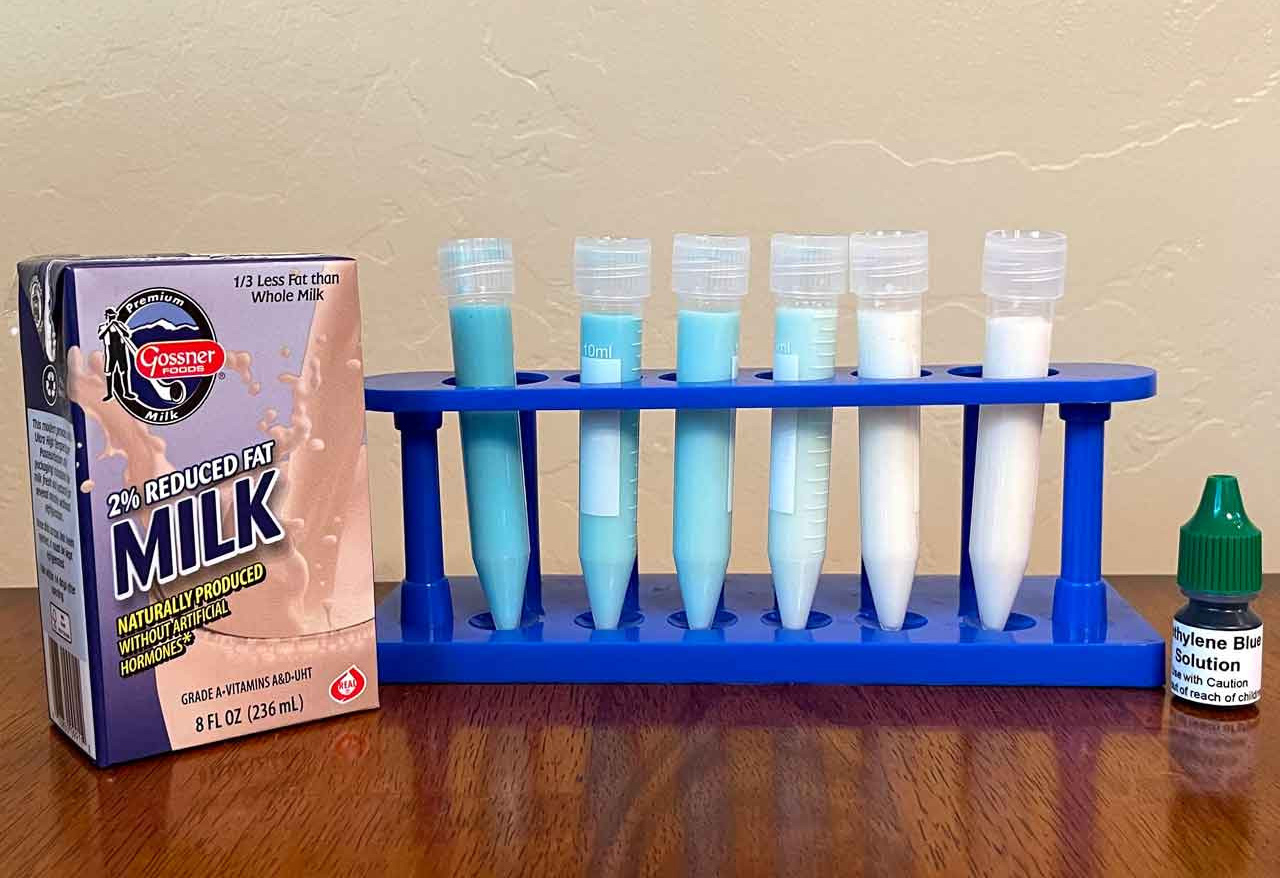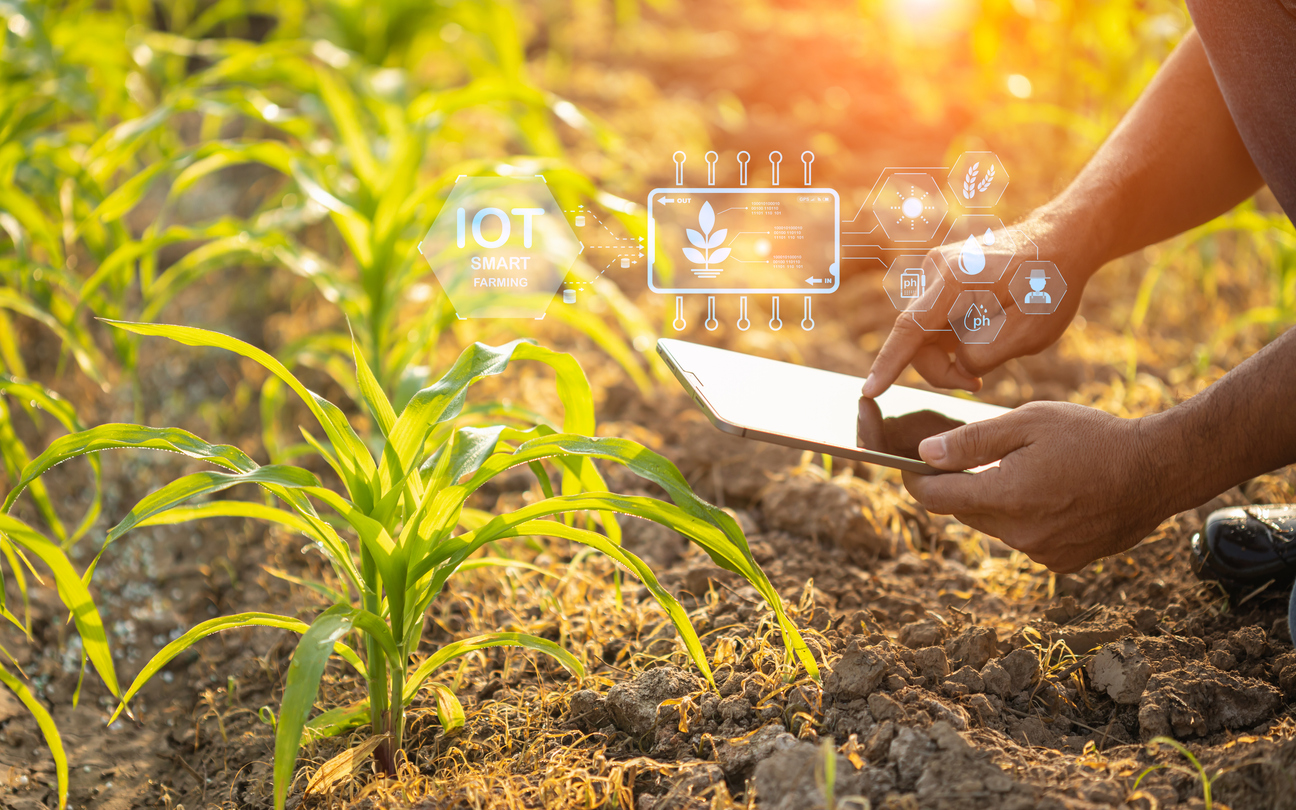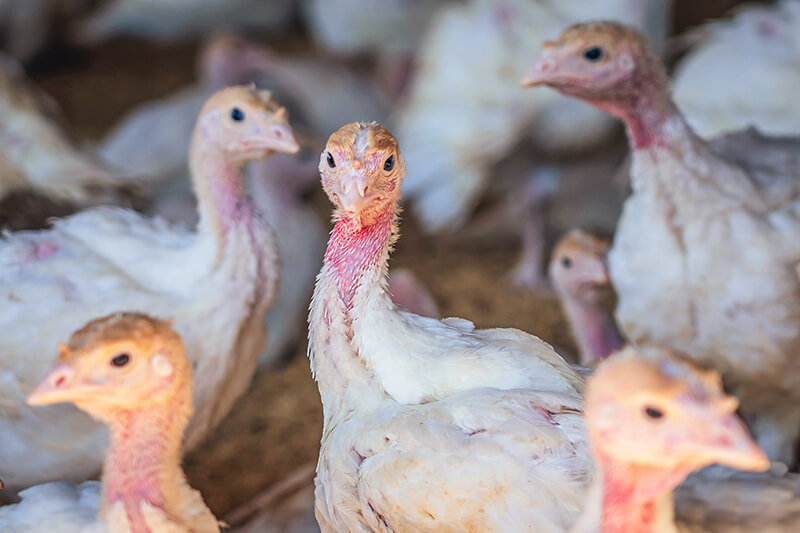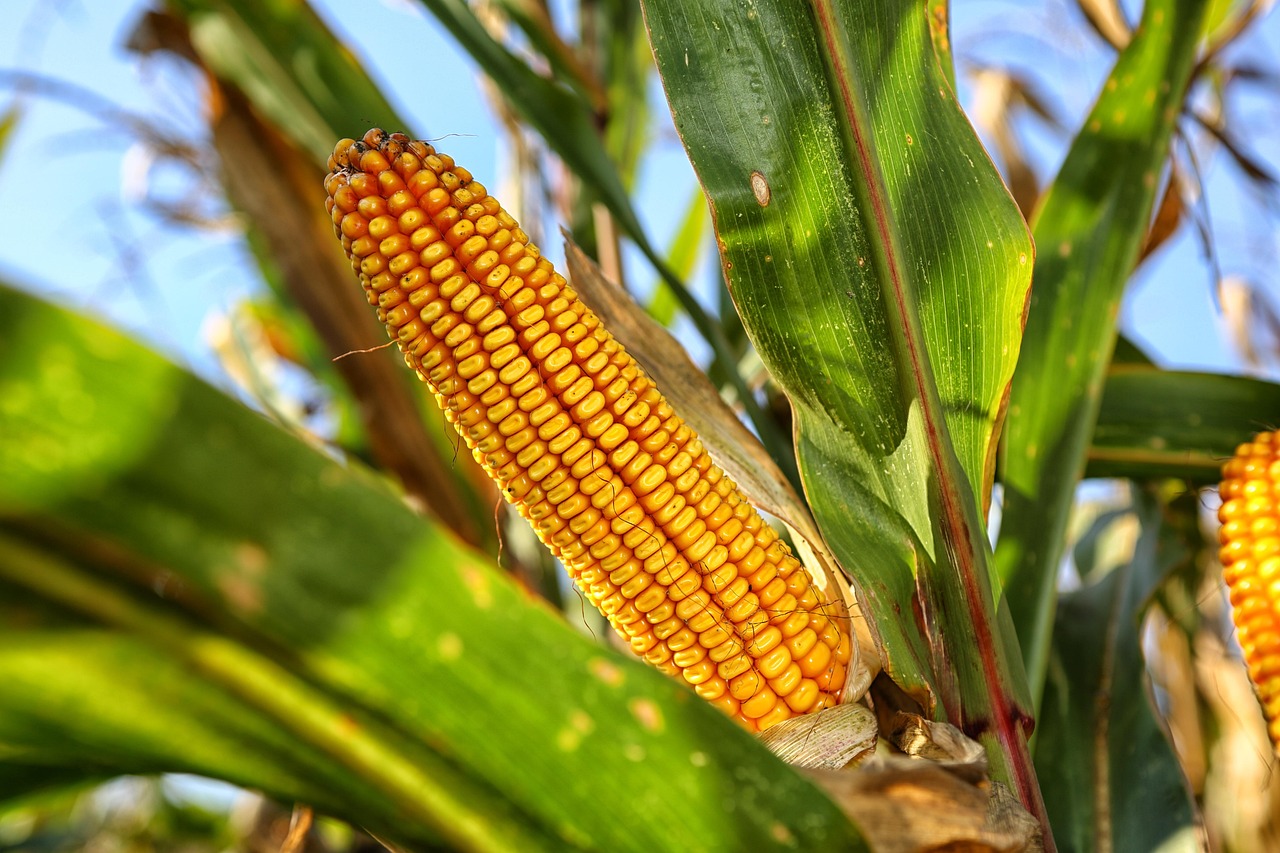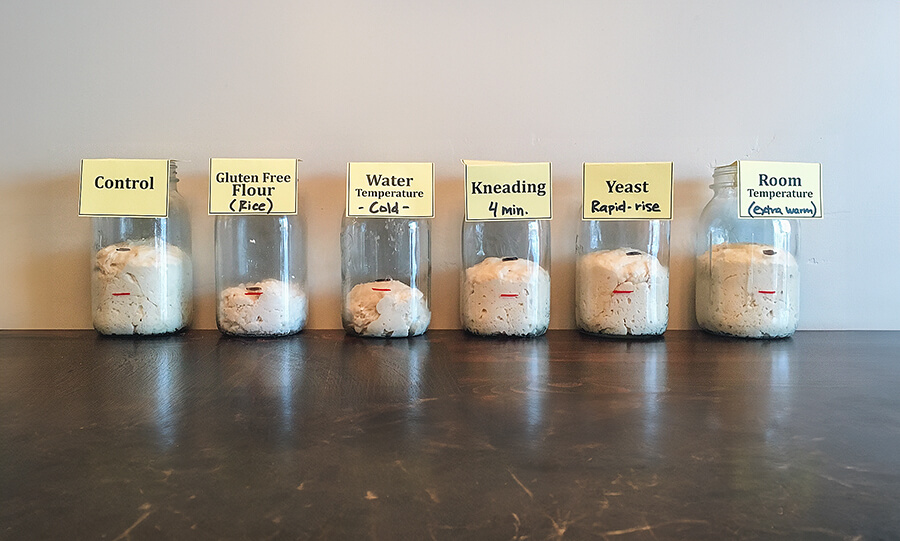
Food Science: Bread Dough Challenge
Students explore the phenomenon of what makes bread dough rise. Using baker's yeast, students will observe alcoholic fermentation and its connection to cellular respiration as they are challenged to act as food scientists and develop the best recipe for quick-rising bread dough.
